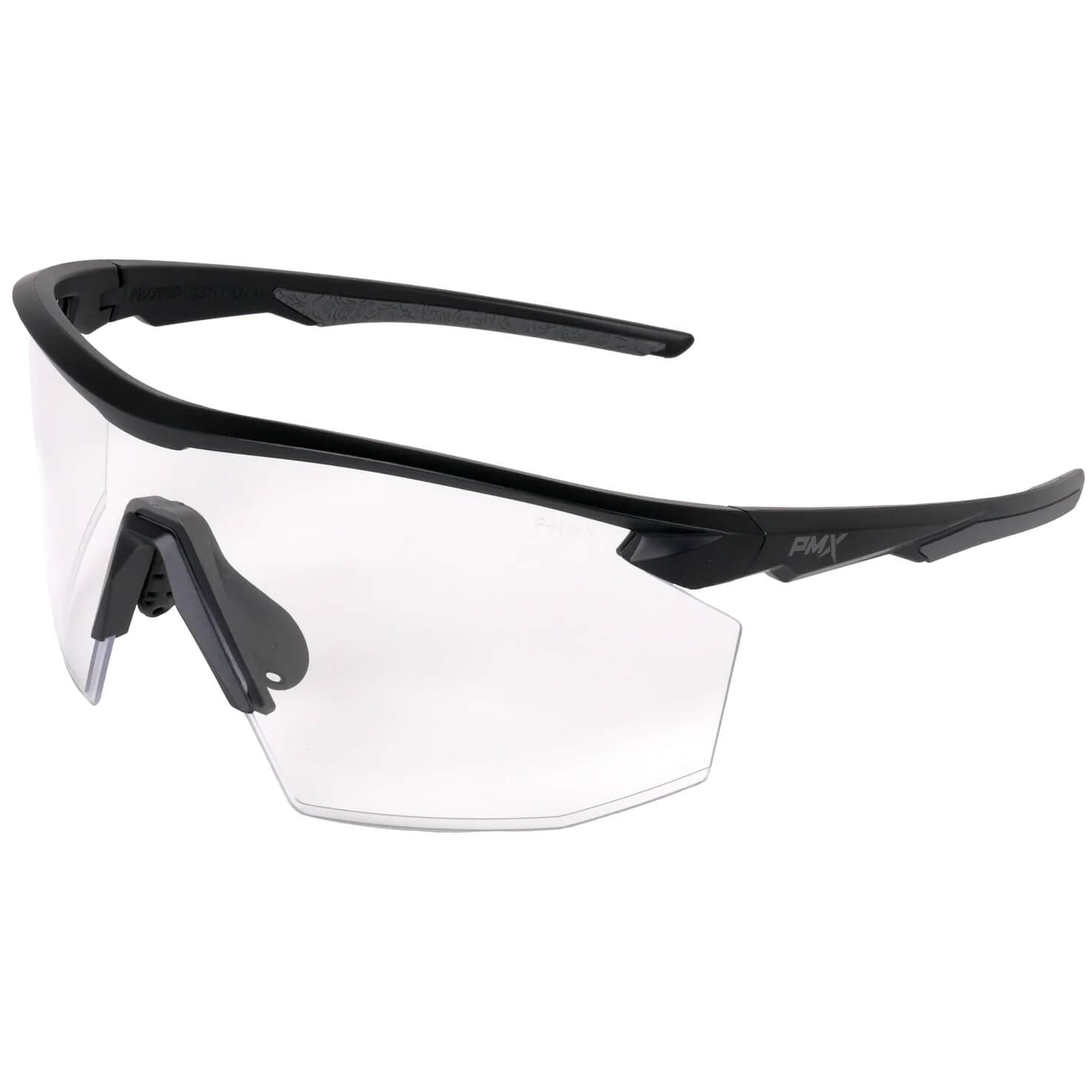Computer use by children will not go away anytime soon. In fact, chances are it will increase. But that doesn't necessarily mean that children are doomed to eye problems resulting from looking at computer screens too much. In fact, some positives do exist. This article will explore those positives, create awareness of the potential negatives and look at how to help make sure young eyes healthy.
The Possible Positives
Computers provide a terrific way to supplement children's education and learning. In fact, recent research shows that computer use can increase a young child's readiness for school. The U.S. Department of Commerce also says that computer use by young children benefits academic growth increases communication skills, expands their world view and promotes creativity. So at least to some extent, computer use can be beneficial.
The Potential Negatives
Too much of any good thing can become a negative, and computer use by children is no exception. Excessive use of computers can lead to a greater risk of ergonomic problems as well as computer vision syndrome. Also, many eye care practitioners agree that "prolonged computer use among children puts them at risk for progressive myopia." In other words, too much computer use can potentially harm a child's vision and physical health in more ways that you might realize.
And because children are, well, children, their often limited degree of self-awareness causes them to tolerate discomfort (such as those caused by struggles with vision and uncomfortable physical conditions) to the point of near exhaustion. Children are also very adaptable, which means they often do not think of changing their environment to achieve more comfort. This means they will tolerate things like blurred vision and dry eyes due to infrequent blinking for longer than is necessary and healthy.
A significant factor contributing to ergonomic issues with children stems from the fact that children often use the same computer workstations that adults use. Since children are not the same size as adults, this results in problems from awkward viewing angle, difficulty reaching the keyboard and dangling feet. This can lead to headaches from eye strain as well as well as back discomfort, among other problems.
Another factor that can lead to vision problems for children stems from non-optimal lighting. Brightness levels for proper computer use need to be about half that of the light found in the classroom. Too much light can lead to eye problems caused by having to rapidly and continuously adjust to various light levels.
Protecting Children's Eyes in a Digital Age
Fortunately, following some simple guidelines can allow children to reap the benefits of computer use without suffering from lifelong vision and other problems.
- Make sure children receive yearly eye examinations. Some schools still provide a basic eye exam, but children need a thorough check by an ophthalmologist who can not only check for refractive correction but also for vision-related learning problems.
- Monitor and limit computer use. Taking a 10-minute break for every hour of screen time is the minimum along with standing & stretching periodically as well. The Mayo Clinic provides a variety of helpful tips for monitoring and limiting children's screen time, which is most likely more than you realize.
- Adjust ergonomic settings for children. To reduce the chance of computer vision and ergonomic problems in children, make sure children are seated with a "neutral posture." Also, realize that because children are smaller than adults, adjusting things such as chair height and viewing angle is often necessary to reduce eye strain and glare.
- Find ways to reduce glare on the computer screen. In addition to changing screen angle, glare on a computer screen can be minimized by adjusting room lighting. Also, avoid having windows directly visible when sitting in front of a monitor and reduce the amount of overall light in the room if possible.
- Get involved. Knowing how much screen time a child gets daily and balancing that with appropriate physical and other activities is a great start to making sure children are healthy. Additional ways to get involved include spending time on the computer with your child, knowing what sites your child is viewing and encouraging children to interact with friends at the computer whenever possible.
- Know the signs of vision problems. Frequent squinting, eye rubbing, and red eyes are common indications of vision problems in children. Also, complaints of blurred vision, headaches, and eye fatigue, as well as avoidance of reading and computer work, can indicate problems as well.
Computer use by children is here to stay with the potential problems of this usage further enhanced by video games and television. Fortunately, clear steps such as those above exist to mitigate and even eliminate in some cases, the negative impact on children's vision and overall health. Also, further research is encouraged that will hopefully increase the potential positives and decrease the potential negatives even more significantly.







